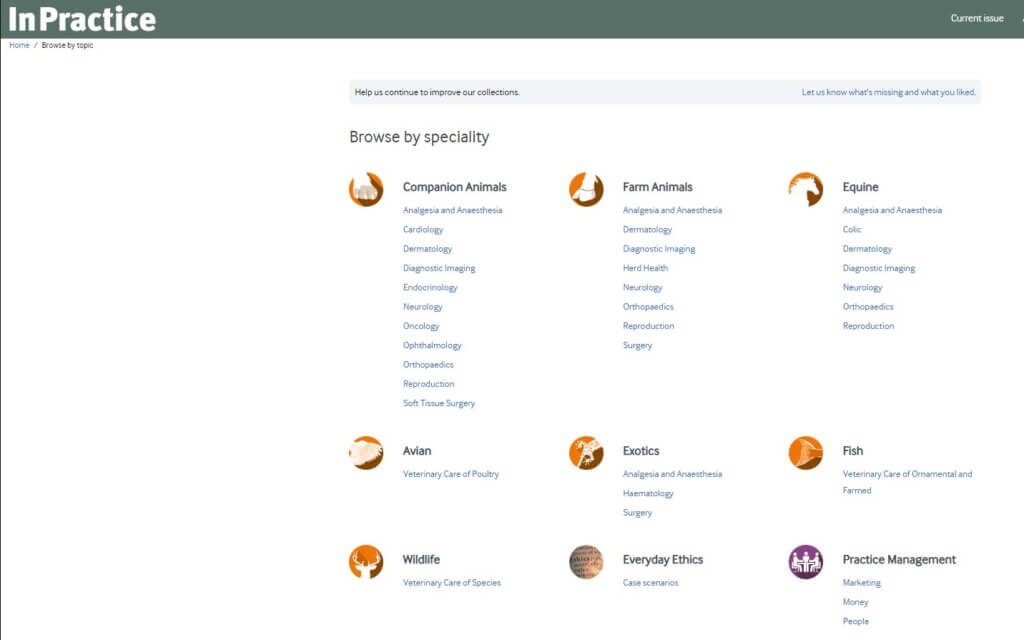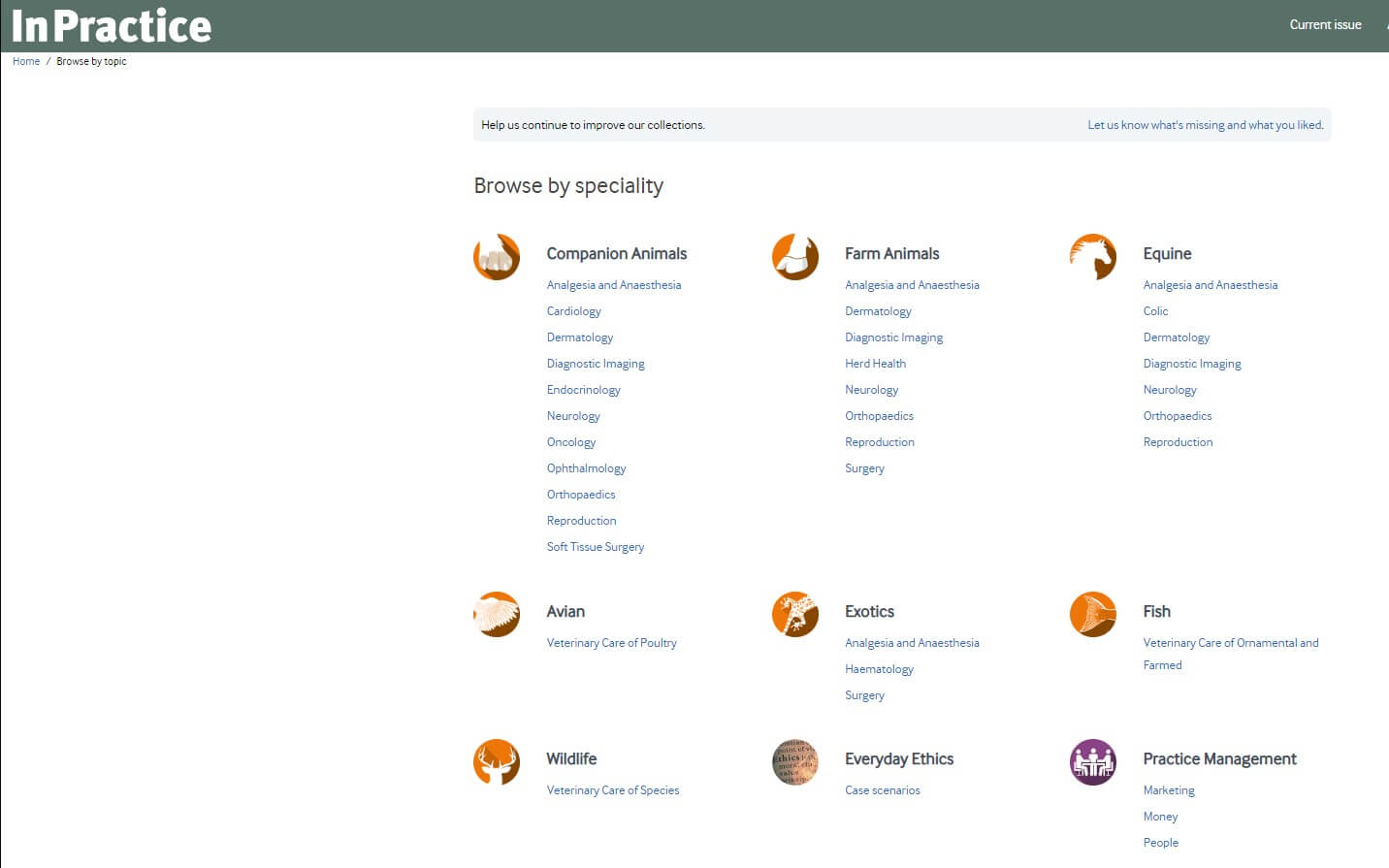
BMJ Publishing is best known for the British Medical Journal, but alongside this is a flourishing list of over 70 other titles covering a wide range of major medical specialties, such as cardiology, anaesthesia, diabetes, digestion, and ophthalmics. However, even with 50 medical areas to subdivide the vast subject of medicine, researchers and practitioners still face the constant problem of finding the content they are looking for.
Last year, BMJ launched its first use of UNSILO technology to feature the most recent articles in a subject.
BMJ is currently extending these collections to provide an easy way for researchers to identify the content they are looking for. But the challenge of a website is to reconcile a long list of topics with easy navigation. For classification purposes, the more subheads, the better; but for the purpose of retrieving information, when there are fewer headings, it is easier for the researcher to find what they want. It is not easy to scan a list of more than15 items, without some kind of subdivision to break it up. Much of the history of Web design has been about harmonizing these two opposing principles.
It is hence refreshing to see the simple yet effective solution implemented by BMJ for one of its veterinary journals, In Practice. This journal covers most of the veterinary practice, ranging from clinical content on small animals to farm animals, as well as articles on the business angle of running a vet practice. An index of articles by subject area was necessary, and using UNSILO Classify, BMJ was able to build a page of subject collections. However, as the list of collections grew larger, the need for navigational simplicity became more pressing, and recently BMJ introduced a number of subheads with accompanying graphics to further classify the topics. The topics can be found on a dedicated page on the In Practice website (shown above).
Laura Honey (Associate Editor, In Practice) talked about how they were able to achieve this effective layout:
We know, through extensive research with vets working on the ground, that they want easy, quick solutions to access the content they are interested in. Many vets use In Practice articles as guides for their clinical work, so it is important that they have access to this information quickly – which is why we have used UNSILO Classify and created these specific topic collections to improve accessibility on our website.
The topic headings (Companion animals, Farm animals etc.) are used throughout the print copy of the journal, so we wanted to emulate this on our topic collections page. It also makes sense to classify the content in this way as we know this is how the vet profession is structured; for example, if you are a farm animal vet, it is unlikely that you will ever treat cats and dogs, and so you will not be interested in content published in this area. We have recently designed some logos to signpost the different content within the journal, and mirrored this as well for the different collection categories on the website – making this page much more attractive for users!
To come up with the list of categories, we looked back through our archive to see what areas we covered most often. We also asked veterinary contacts on what areas of practice they would like to see captured for each of the different species. This work is ongoing, and we are adding new collections based on the feedback. Our current focus is to build up the collections under our Practice Management topic – this is a vast area of practice covering everything from staff wellbeing and practice finance, to client communication and health and safety.
The response to the new topic collections page has been great. We have seen increased engagement with our articles from users accessing content via this new page, proving it helpful to highlight articles that they otherwise might not have come across.



